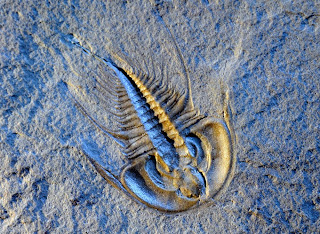Biopix
Saturday, 19 July 2014
Do insects feel pain? in my humble opinion of course they do, this isn't based on some nambipambi hug an insect mentality, but on hard science. What is the definition of pain? I think it is a mechanism by which an organism detects risk and avoids injury, it certainly works for humans and myriads of other organisms both invertebrate and vertebrate. There are many definitions of pain such as a harmful stimulus which signals current or impending tissue damage, this is patently true. Insects possess complex nervous systems composed of the same cellular organisation as ourselves - axons, synapses, ganglia, nerve fibres to name a few. The biochemical makeup of an insect's nervous system has similar if not the same neurotransmitters, agonists, antagonists, hormones, and this is due to sharing a common ancestor far back in deep geological time. I suggest that the only reason people think that insects cannot feel pain is because they are encased in an exoskeleton that cannot show what we would interpret as emotion, it is the equivalent of expecting a HarleyDavidson to grimace.
Monday, 20 June 2011



Friday, 18 February 2011
Sunday, 21 November 2010
Sunday, 24 October 2010
Monday, 16 August 2010
Subscribe to:
Posts (Atom)














































































